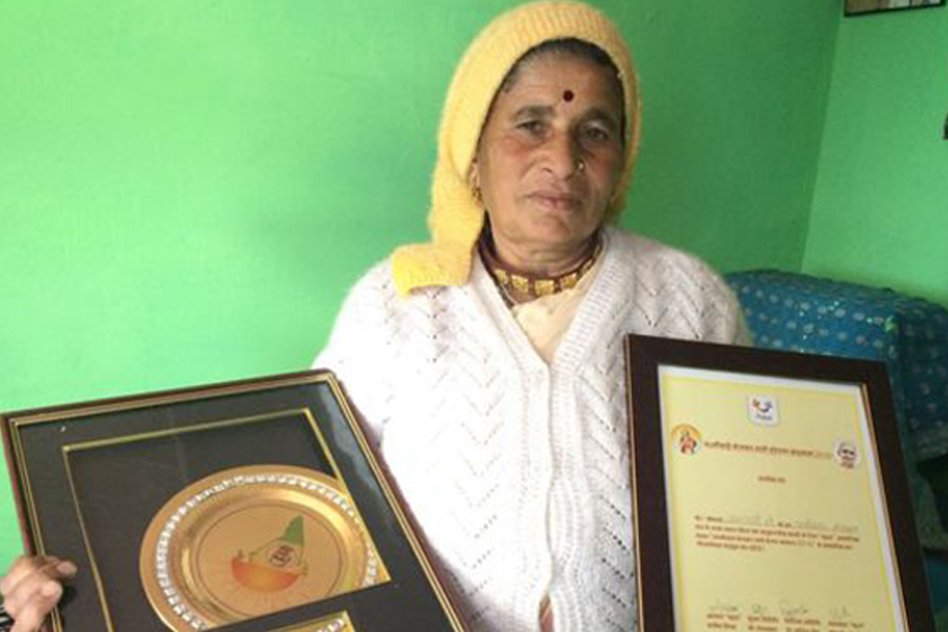
When A Woman Took On The Mafia And Won
22 March 2016 9:41 AM GMT
Image Courtesy: bbci | bbci
The woman crusader
Kalavati Devi Rawat, a resident of Bacher, a remote village in Uttarakhand’s border district of Chamoli, now in her mid-forties has fought against mafias to government officials and from patriarchy to her husband. Kalavati Devi Rawat has given an opportunity to the women in her village to dream big. Her desire to do something for villagers had bagged her prestigious the Women’s World Summit Foundation’s ‘Prize for women’s creativity in rural life.’

Taking on the babus
The story of struggles of Kalavati Devi goes back to 1980s when she was barely 17 years old and had just been married. When she moved to Bacher village after marriage she found life in the village tough. It got dark on the hill as the village didn’t have electricity supply. A young Kalavati decided to take the matter in her hands and gathered women from the village, led them to government officials at the district headquarters in Gopeshwar to demand that their village is electrified. But the babus in the office were unmoved. The women while trekking back to the village came across some electricity poles by the foothills, apparently to be used to provide light for an official program.
Mobilizing the women of her village
Kalavati Devi persuaded the women to carry the electricity poles and wires to their village, situated at a height of some 500 meters, on their shoulders. When the officials came to know about this they were furious and threatened to lodge a criminal case against the women. But the women did not step back they asked the police to send them to jail. Taken aback, the officials finally decided to connect the village to the power grid. Bringing electricity to village did not only help to lit up households but also it allowed for mechanization of many farming operations, such as threshing, milking, and hoisting grain for storage.
Light at the end of the tunnel
As the hilly area had a labor shortage, electricity allowed greater productivity at a reduced cost. That was first of victory Kalavati Devi’s desire to do something for the people. But she did not stop there and decide to go on a fight against ills prevailing in the area.
Reviving chipko
One morning, when she went into the forest along with the other women to fetch cattle fodder, she saw that all the trees were marked with a chalk to be felled later.Taantri forest which was the only source of sustenance for the hill villages needed to be saved, for which Kalavati Devi once again got back to action and mobilized the women, drawing inspiration from the “chipko movement” of the 1970s – the green movement where protesters hugged trees in the hills of Uttarakhand to stop them from being cut. “They first tried to bribe us and when that failed, they threatened us. We also protested before the district authorities, held sit-in demonstrations and finally the officials passed an order not to fell the trees,” she says.
The inspiration
Today Kalavati Devi Rawat and other women in the area are inheriting the legacy of Amrita Devi who along with 84 villagers risked their lives to protect the forest trees from being felled on the order of the maharaja (king) during Chipko movement in 70s decade in Rajasthan. To give an organized and defined structure to her hustle and bustle she formed small groups of village women – known as the Mahila Mangal Dal (Women Welfare Group) – that patrolled the woods on foot to check the movement of the timber mafia.
The Logical Indian commends women like Kalavati Devi Rawat who are emerging as the inspirational symbols for new India. She without doubt stands a symbol of courage for all men and women who wants to make a change in the society.
 All section
All section













